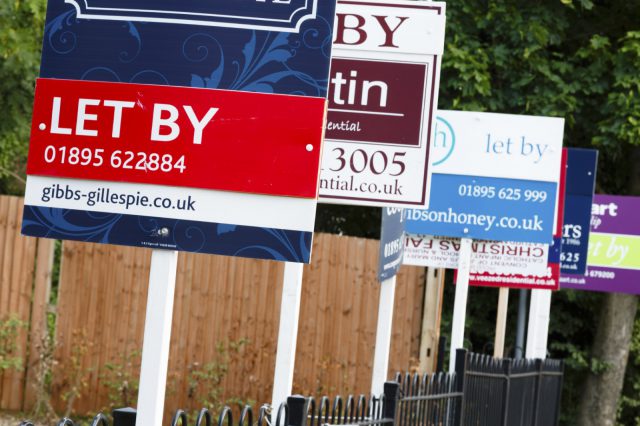HomeLet Reveal Rent Rises and Falls Around UK
HomeLet’s Rental Index revealed that the highest rental price rises in 2014 were seen in Leicester, Southall, and Cambridge.
Respectively, rents were 45%, 38%, and 24% higher in these places in 2014 than 2013.1
However, Colchester, Croydon, and Brighton experienced the largest drops in rents in 2014, with prices on new agreements 24%, 23%, and 18% less, correspondingly.1
HomeLet also found that average rents around the UK were 6.6% higher than in 2013, as the average rent is now £867 per month.1
Chief Executive Officer of Barbon Insurance Group, Martin Totty, says: “2014 was predominantly a year for growth in the rental market with rental prices on average 6.6% higher than in the previous year.
“With property prices continuing to grow, and mortgage criteria tightening, the rental market represents a much more accessible option for house hunters than the property ladder. The demand for rental property is increasing, and we expect it to continue doing so in 2015 as large numbers of people are priced out of buying. As a result, we expect to see continued growth in rental prices across the UK as the New Year progresses, particularly as real incomes are starting to rise.
“However, the data also points to some big differences in rental market performance in 2015 from town to town, and city to city. The causative factor behind these differences is as simple as supply and demand.
Totty explains: “In locations such as Leicester, and Cambridge, demand for rental property is outstripping supply. By contrast, Croydon and some parts of Essex are benefitting from a relative boom in new property building, easing the pressure on the local rental market, and this is reflected by a drop in rental prices.”
HomeLet’s figures for December reveal a largely positive rental market, despite end-of-year seasonal steadying. Rents dropped in many parts of the UK, although annual figures for December depict positive growth in ten out of 12 regions.
Totty concludes: “The moderation in rental prices across the UK in December 2014 is broadly in line with the typical seasonal effect that often sees rental prices slow or move into negative growth towards the end of the calendar year.
“However, the annual comparison figures show that in all but two regions of the UK, rental prices are higher now than they were this time last year and this is a trend we expect to continue in 2015.”1
1 http://www.landlordtoday.co.uk/news_features/HomeLet-reveals-rental-market-hotspots







